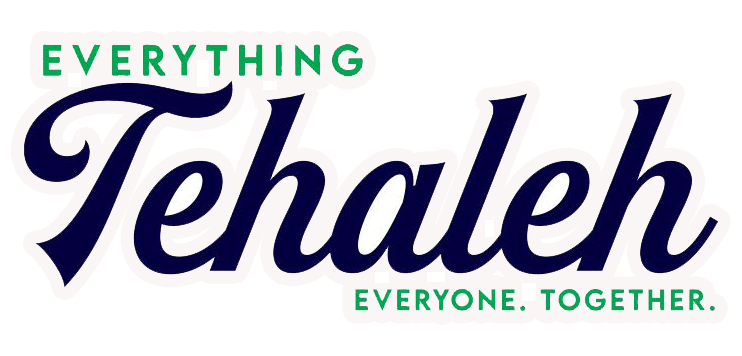In and around Tehaleh, Washington, schools take a thoughtful approach when acknowledging Veterans Day. As the calendar turns to Veterans Day on November 11, students and educators join together to show their appreciation for those who have served in the armed forces. Through assemblies, classroom work, and community ties, the occasion becomes more than a date—it becomes an experience of respect, learning, and connection.
By integrating veterans into school life, these programs allow students to understand service and sacrifice in a personal way. They also encourage a sense of citizenship and gratitude among young learners. In doing so, schools in the Tehaleh region model how educational institutions can honor veterans while enriching curriculum and community relationships.
Student Assemblies With Veterans
Each year, schools host assemblies that spotlight veterans. Often, a veteran or several veterans will be invited to speak to students, sharing firsthand experiences of service, duty, and life after the uniform. These moments give students a direct human connection to history and to the values of commitment and citizenship.
In the Tehaleh region, schools align their schedules so that the assembly falls close to Veterans Day on November 11th. Assemblies typically include the posting of colors, the national anthem, a guest speaker, and open question-and-answer time with students. Schools sometimes invite veterans’ organizations or local service members to participate, deepening the event’s authenticity.
These gatherings help create an atmosphere of respect in the school community. Students listen, reflect, and engage. For the veterans, it is an opportunity to share stories, answer questions, and be recognized for their service. For the schools, it is an educational moment—and a chance to honor those who served.
Classroom Projects That Reflect on Service
Beyond assemblies, classroom teachers integrate projects that help students process and express what they have learned. For example, students might write letters to veterans, craft thank-you posters, or create timeline projects documenting wars, military service, and veterans’ contributions.
In one approach, younger students might create artwork or design cards to say “thank you,” while older students might interview a veteran or work on a deeper history project about the meaning of service. Some classrooms might compile veteran photographs and profiles, and display them in school hallways or share them at community events.
These projects extend learning beyond textbooks and bring in real people and real stories. In doing so, they help students understand the concept of service and the value of remembering. They also give veterans tangible acknowledgment of their contributions through student work.
Community Partnerships With Veteran Organizations
The relationship between schools and veteran-oriented organizations strengthens local connections and enhances opportunities for honoring service. Schools in the region may partner with a local Veterans of Foreign Wars post or another service group to bring veterans into the school, to support classroom projects, or to host a breakfast or event around November 11.
Such partnerships help bring resources, guest speakers, materials, and recognition programs to the schools. They may also broaden the scope of service to include community activities, for example, by arranging projects that bring veterans and students together. In the Tehaleh area, community development groups and homeowner association newsletters reference partnerships involving veterans.
These collaborations anchor the veteran-honoring efforts in the broader community and help ensure that recognition extends beyond a single school day. They also provide veterans with meaningful engagement and students with real-world context.
Teaching Resources for Veterans Day
When educators plan for November 11, access to adequate teaching resources makes the difference. There are curricula designed for Pre-K through grade 12 that explain the significance of the day in age-appropriate ways. For instance, the Congressional Medal of Honor Society offers free lessons that focus on character values such as courage, sacrifice, patriotism, and citizenship.
Another helpful resource is a guide published by the U.S. Department of Veterans Affairs, specifically for schools, on the Veterans Day program. These resources provide lesson plans, activity guides, and sample assembly programs. Teachers can use them to frame discussions, create art projects, facilitate letter writing, and anchor the meaning of November 11 in historical and civic contexts.
By incorporating these resources, schools in the Tehaleh region can tailor instruction to the grade level, ensuring younger students understand basic respect. In comparison, older students explore deeper issues of service, sacrifice, and community responsibility.
Extending Honor Beyond a Single Day
Honoring veterans is not limited to just November 11. Many schools use the day as a focal point and then extend recognition by displaying banners, hosting service-learning opportunities, or maintaining a veterans’ recognition wall. These ongoing initiatives keep the conversation alive and provide continuity beyond the calendar event.
For instance, schools might invite veterans to mentor students or collaborate on history projects throughout the school year. Community partners might sponsor events or recognition programs that feed into the school curriculum. This ongoing relationship between schools, students, and veterans makes the holiday more meaningful and sustained over time.
In addition, encouraging students to reflect on service in their daily lives—through gratitude journals, civic action projects, or community service—helps turn a one-day event into an educational and character-building experience. The goal is to ingrain respect, awareness, and citizenship as part of school culture.
In the schools around Tehaleh, Washington, honoring veterans is more than a routine event. Through assemblies, classroom projects, community alliances, and solid teaching resources, Veterans Day on November 11 becomes an educational milestone. Students learn history, show respect for service, and form meaningful connections with veterans who have given much to their country.
When a veteran speaks in the assembly, when a student writes a thank-you card, when a veteran organization partners with a school—these actions weave service into the fabric of school life, they remind students that service matters, sacrifice counts, and gratitude is powerful.
As schools continue to integrate these practices, the spirit of Veterans Day lives on through the work of young people and the veterans who inspire them—an ongoing lesson in learning, respect, and community.
Sources: cmohs.org, teachstarter.com, hmhco.com, app.leg.wa.gov, teachhub.com
Header Image Source: pexels.com

